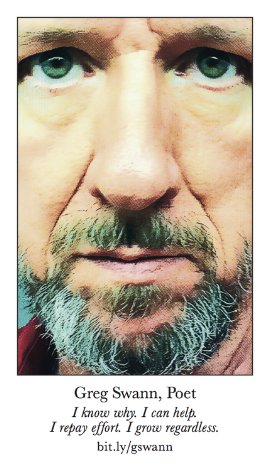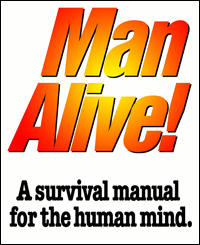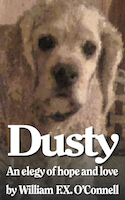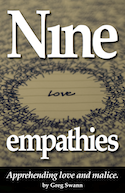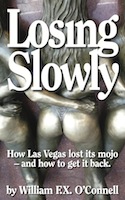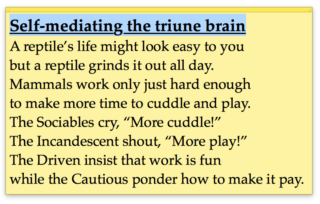
Someone said, “If you can’t fit your idea on the back of a business card, you don’t have a clear idea.” I think doing the whole job in verse makes the point even better.
I like it because it’s an easy way to teach basic DISC to anyone, and to remind all of us that we are each one admixtures of self-made sensibility and aboriginal animal craziness, all cultivated by the semi-sensible persistently-crazy people around us. When you learn to see DISC in other people, you’ll learn to see it in yourself – and that’s when the real benefits kick in.
Why? Because the problem is only the other guy if the other guy is truly crazy. The other 98% of the time, the problem is you – refusing to accept, adapt to and amend the existentially-real while you hold out for what your DISC predispositions insist is the ideal.
An example: Last week I caught myself rushing two deadlines, then getting annoyed with the vendors that they hadn’t yet done what they hadn’t promised to do yet. I caught myself in time both times, but if you want to know how Driven people create unnecessary, counter-productive conflicts, that’s how it’s done: Steaming about time like a fat gangster furious that a debt he has just conjured up out of thin air is still unpaid.
Last week I also put up a little homework assignment on Facebook, and I think I rushed that, too. This is the chart I used:
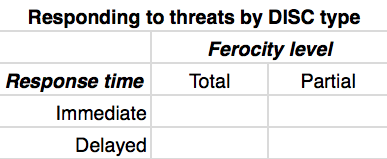
For me, that’s easy. The reptilian response will be immediate, where more mammal-like folks would have to shift gears from affection to aggression, and people pursuing affection as a value are going to leave some room for reconciliation. Left to right, top to bottom: Cautious, Incandescent, Driven, Sociable.
But wait. I used two different sets of evaluations to get that answer: Biological empathy strategies for the rows, social strategies for the columns. I could have used one or the other for both, and every other factually-correspondent DISC discrimination can be inferred from either one of those standards, ontological or teleological empathy strategies, with each serving as a check on the other – and on all others.
So, like this:
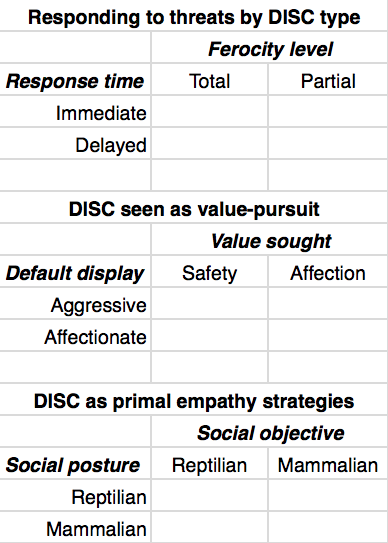
Same answers, all three charts: Left to right, top to bottom: Cautious, Incandescent, Driven, Sociable.
I was too rushed in that I expected people to be able to call the other two discriminations to mind in thinking about the third. DISC is not charts, it’s behavior and the choices leading to it. If you work backwards from behavior, you can easily get to a person’s dominant DISC type – from which you should be able to project future behavior with a very high degree of accuracy.
Here’s a cheat sheet that could easily fit on the back of a business card:
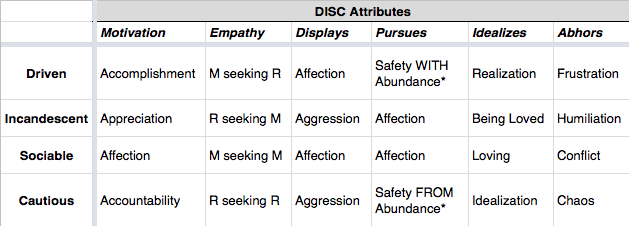
(*The Driven hoard more stuff where the Cautious hoard stuff more – more poetry!)
That’s not all of DISC, of course, but once you have the dominant type, it’s easy to suss out the sub-dominant characteristic: Which of the three remaining DISC types do you see more of?
And once you know that? You know how to get along. Not how to get your own way, necessarily. Not how to make the Earth spin backwards. But by means of a tiny little two-letter notation on the map, you now know how to navigate the territory that is the other guy and your relationship with him far more profitably.
So: My apologies if I’ve rushed you. I’m eager to see what people can do, once they learn how to see each other – at last – for who they really are.

